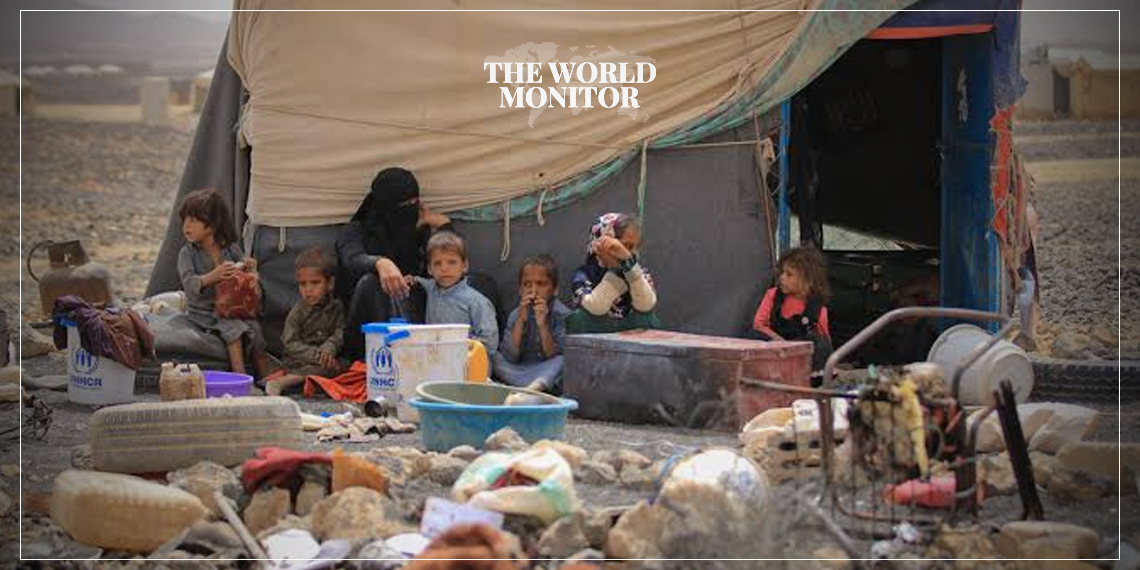The International Organization for Migration reported that the total number of displaced Yemeni families has increased this year to 2,633, encompassing 15,798 individuals.
According to the “Yemen” satellite channel, the organization’s displacement tracking matrix in Yemen noted that 86 Yemeni families, consisting of 516 individuals, were displaced last week, primarily from the Lahj Governorate in southern Yemen.
The report further clarified that these displacement incidents originated from Lahj, Marib, Al Hudaydah, and Al Mahwit governorates, with the displaced families settling in Lahj, Marib, Taiz, Al Dhale’e, and Al Hudaydah.
The humanitarian situation in Yemen remains dire, with over half of the country’s population—18.2 million people—requiring assistance and protection. The ongoing conflict, which has persisted for over nine years, continues to exacerbate the challenges faced by the population, including widespread food insecurity, malnutrition, and limited access to essential services such as healthcare and clean water.
Recent UN reports highlight the complex humanitarian crisis characterized by large-scale displacement, protection concerns, and economic deterioration. Efforts to address these challenges are hindered by underfunding, with the 2024 Yemen Humanitarian Response Plan receiving only a small fraction of the needed $2.7 billion, severely impacting the ability to deliver aid effectively. Humanitarian agencies continue to struggle to provide basic services and aid to millions, amidst access constraints and ongoing conflict.
The UN and other humanitarian organizations have made urgent appeals for increased funding and international support to address the critical needs of the Yemeni population and to promote long-term resilience and recovery. The situation is further complicated by regional tensions and the impact of other global conflicts, which influence the geopolitical landscape and affect humanitarian operations in the country.






